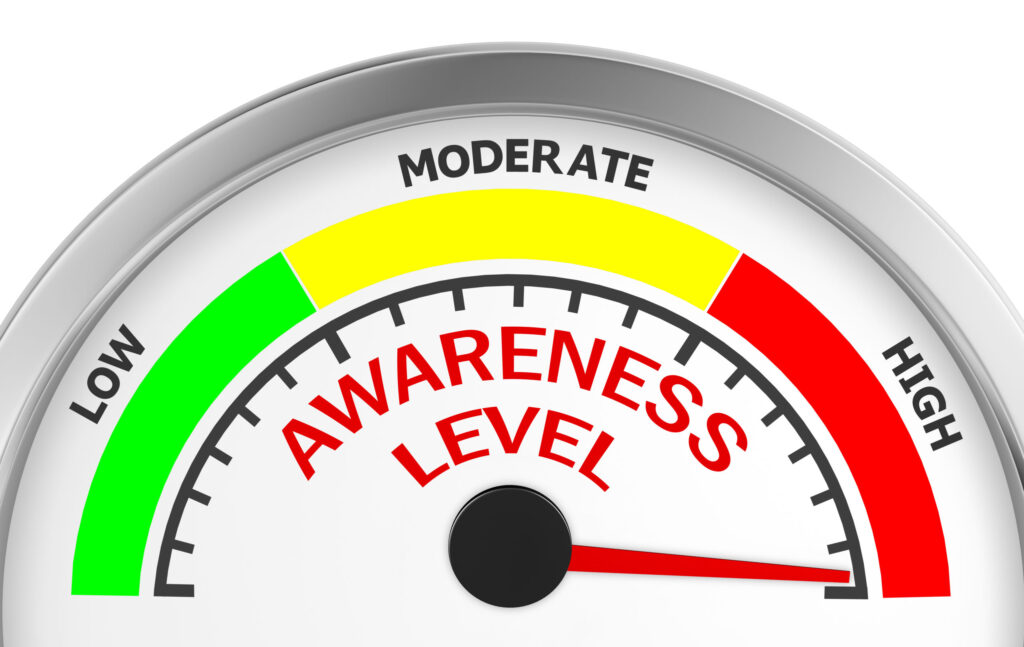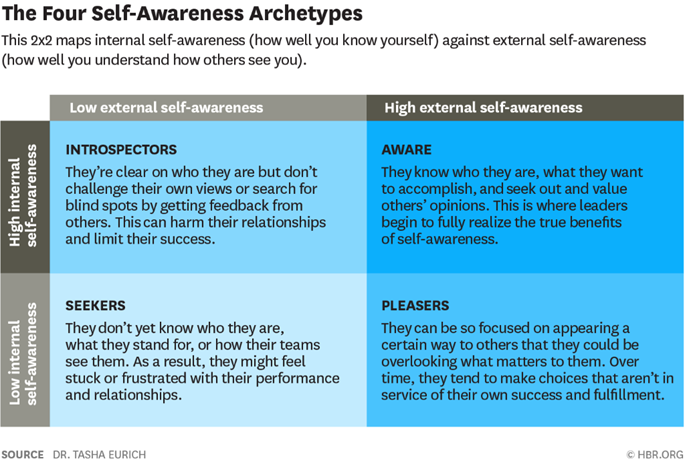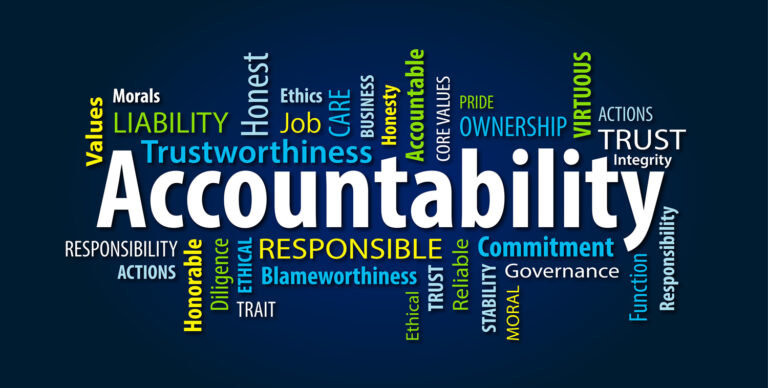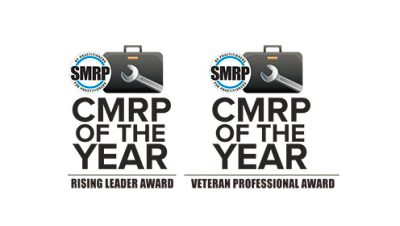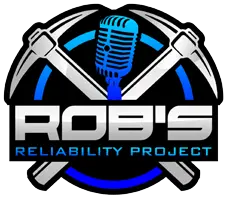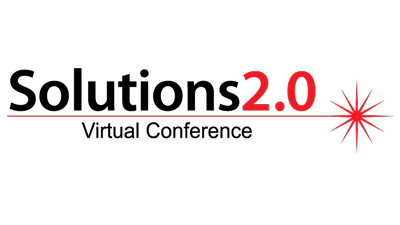Self Awareness
The first step in any forward progress needs to be identifying the reality of where you are right now. If you’re trying to get to the North Pole, it doesn’t matter what map you’re given, if you don’t know where you’re starting.
This is a difficult conversation to have with yourself, but it is the foundation of a solid framework for success and is absolutely critical for any sustainable forward motion.
There are two types of self-awareness that need to be expanded on: Internal Self-Awareness and External Self-Awareness.
Internal Self-Awareness is how well you know yourself, and External Self-Awareness is how well you understand how others see you. Both of them are important, and neither alone is sufficient. The intersection of these two metrics is how you diagnose and solve the problems that you face personally.
Unless you’re highly self-aware both internally and externally, you’re not living up to your full potential as an employee, or as a person.
These two metrics were well explained by Dr Tasha Eurich, published in the Harvard Business Review and explained in the diagram to follow.
I can speak to this chart personally.
Early in my career I would focus on specific numbers, to the point where it was causing problems with work relationships, exactly what the “Introspectors” corner talks about in the diagram above.
I would only focus on how right my numbers were, and any other opinions be damned: I was right.
After years of frustration, I became more externally self-aware, realizing that the bottom line isn’t the end-all, be-all in arguments.
Without the external self-awareness, I was unable to see the whole picture, much less have a road map for where I should be going.
For yourself, you need to look inward and ask:
What characteristics are you utilizing to be successful?
What characteristics are you utilizing that you think should, but just aren’t working?
Are you willing to acknowledge that you have room to improve?.
These questions transition to talking about the above quadrants:
- Being honest about your current state, knowing who you are. This includes your identity, your communication style, your leadership style, core beliefs, biases and being aware of the biases
- Your reputation: are you a problem solver, do you eliminate problems, or do you simple give hope to people who will inevitably will be betrayed by your failure.
- Having a backbone
